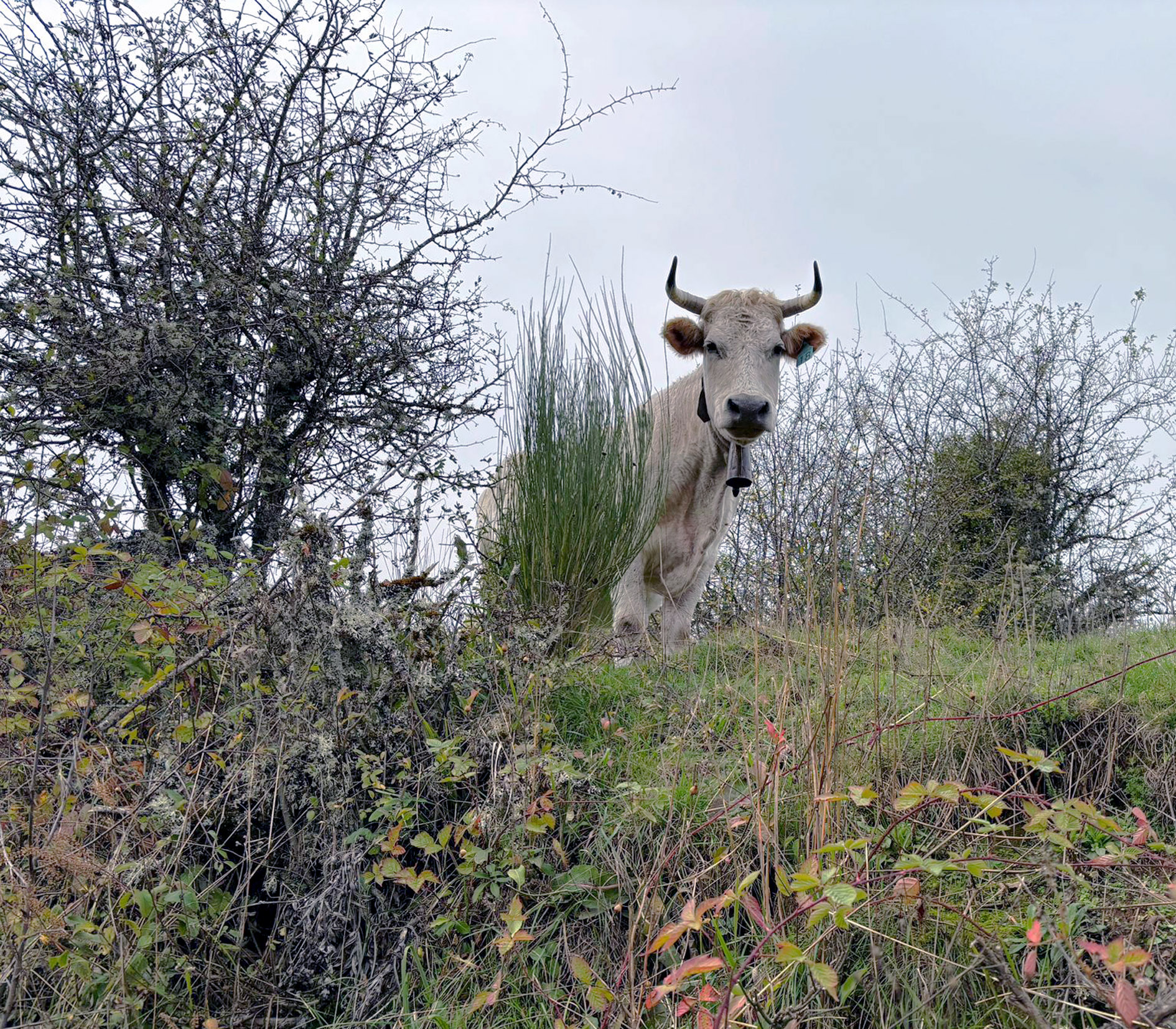Researchers from Dr. Javier Ortego‘s group at the Animal Health Research Center (CISA) of the INIA-CSIC have developed an experimental multiserotype vaccine against Epizootic Hemorrhagic Disease. The discovery, published in Journal of Virology, journal of the American Society of Microbiology, presents new vaccine candidates against this disease compatible with the so-called DIVA strategy, which differentiates between vaccinated and infected animals.
The researchers identified the VP7 protein of the virus as an antigen capable of inducing protection against different serotypes, one of the main challenges in vaccine research against orbiviruses. Javier Ortego, principal investigator of the group, explains that the antigen is capable of inducing multiserotype protection mediated by a powerful immune response, which addresses one of the main challenges in vaccination against this virus of which seven serotypes have been described.
The recent incursion and spread in Europe of serotype 8 of the virus that causes EHE has increased the need for measures against this viral disease. The success of vaccination campaigns against the bluetongue virus, related to EHE, is undeniable. Therefore, control of this disease through vaccination is potentially achievable. However, vaccine research so far has been minimal.
Research group of Dr. Javier Ortego (below right), from the Animal Health Research Center (CISA) of the INIA-CSIC. Luis Jiménez-Cabello appears above in the center.
Inactivated and live attenuated vaccines can be effective, but their lack of protective immunity against multiple serotypes, together with the impossibility of applying a strategy to distinguish between vaccinated and infected heads, and certain concerns about their safety, increase the need. to develop new recombinant vaccines, according to this research team.
EFFECTIVE IN MICE. This vaccine trial has shown complete protection in mice, where viral replication and disease progression have been prevented, according to the first author of this work, Luis Jiménez-Cabello. Furthermore, multiserotype protection was detected in the absence of antibodies against that virus.
Given these promising results, it is now necessary to confirm the correlation between these protective responses in mice and the animals that usually contract this virus, such as cattle, which have so far been most affected in our country, along with deer. Javier Ortego and his team will therefore continue their research in the development of multiserotype vaccines to develop lasting and protective immunity.
SEROTYPE 8 VACCINE SINCE SUMMER. As we informed our associates, last summer the Zendal group launched the first vaccine to prevent the EHE virus, serotype 8, after receiving temporary and urgent authorization for use from its company CZ Vaccines, under the Vetia brand. Animal Health, by the Spanish Agency for Medicines and Health Products (AEMPS) in the bovine species.
This first response was the result of the collaboration of the Agency, which expedited authorizations as much as possible without reducing the essential requirements to guarantee the quality, safety and effectiveness of the product.
EHE virus serotype 8 was diagnosed for the first time in southwestern Spain in November 2022. Subsequently, the disease, which especially affects ruminants, has spread throughout the national territory, except for the Balearic Islands and the Balearic Islands. Canary Islands./


